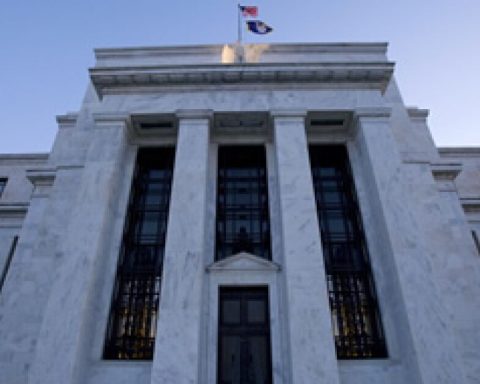For the poorest group, which has an income of less than $29,000, the tariffs will mean a tax increase equivalent to 5.7% of their income.
While for the richest, with an income above $914,000, the tax increase will be smaller in relation to their income, only 1.4%.
The ITEP analysis contemplates the proposal of a 60% tariff on imports from China and an average tariff of 20% on those from other countries, where Mexico enters, and that come into force in 2026.
The analysis explains that tariffs on the scale Trump has proposed would greatly affect the economy. They would cause substantial increases in the prices of imported goods, seriously harm industries that depend on imports, harming employment in those industries, and result in price increases for goods whose final production takes place in the United States.
“There is no coherent economic analysis to suggest that the costs would fall significantly on foreign exporters,” ITEP highlights.
Donald Trump announced on November 25 that he will impose 25% tariffs on imports from Mexico and Canada until stopping the “invasion” of drugs and “illegal migrants” and will apply an additional 10% to China on top of the existing taxes on its products.
The elected president of the United States threatened during the campaign with tariffs double digits to protect the national industry and declare war on illegal migration, which he considers an “invasion”, and on drug trafficking.
The European bank ING also carried out an investigation into the tariffs that Trump wants, highlighting that these can increase inflation and cost American consumers up to $2,400 per capita per year, that is, per person.
“This potential increase in consumer costs and inflation could have broad economic implications, particularly in an economy where consumer spending accounts for 70% of all activity,” says ING.
To bring this impact closer, the bank gives the case of washing machines as an example. In 2018, Trump imposed a 20% tariff on them, although there was no immediate impact during the first four months, because retailers sold their existing inventory that was not subject to the tariff, consumer prices increased 12% in the months following.
There are estimates that various goods may have increases of between 2 and 13% for American consumers, the highest would be in fuels.
In this regard, analysts also warn of an impact on inflation; With these tariffs, the increase can be up to one percentage point, this factor was one of those that played against the Democrats and led them to lose at the polls.
“If Donald Trump carries out his threat to impose 25% tariffs on all products from his neighbors and partners Mexico and Canada, “inflation will be triggered that he will not be able to control,” comments Raquel Saed, an academic at the Department of IBERO International Studies.
The Secretary of Economy, Marcelo Ebrard, pointed out that The United States would lose a large number of jobs and would damage several of its main companies, particularly in the automotive sector, the truth is that the damage to the US economy goes beyond this.

















